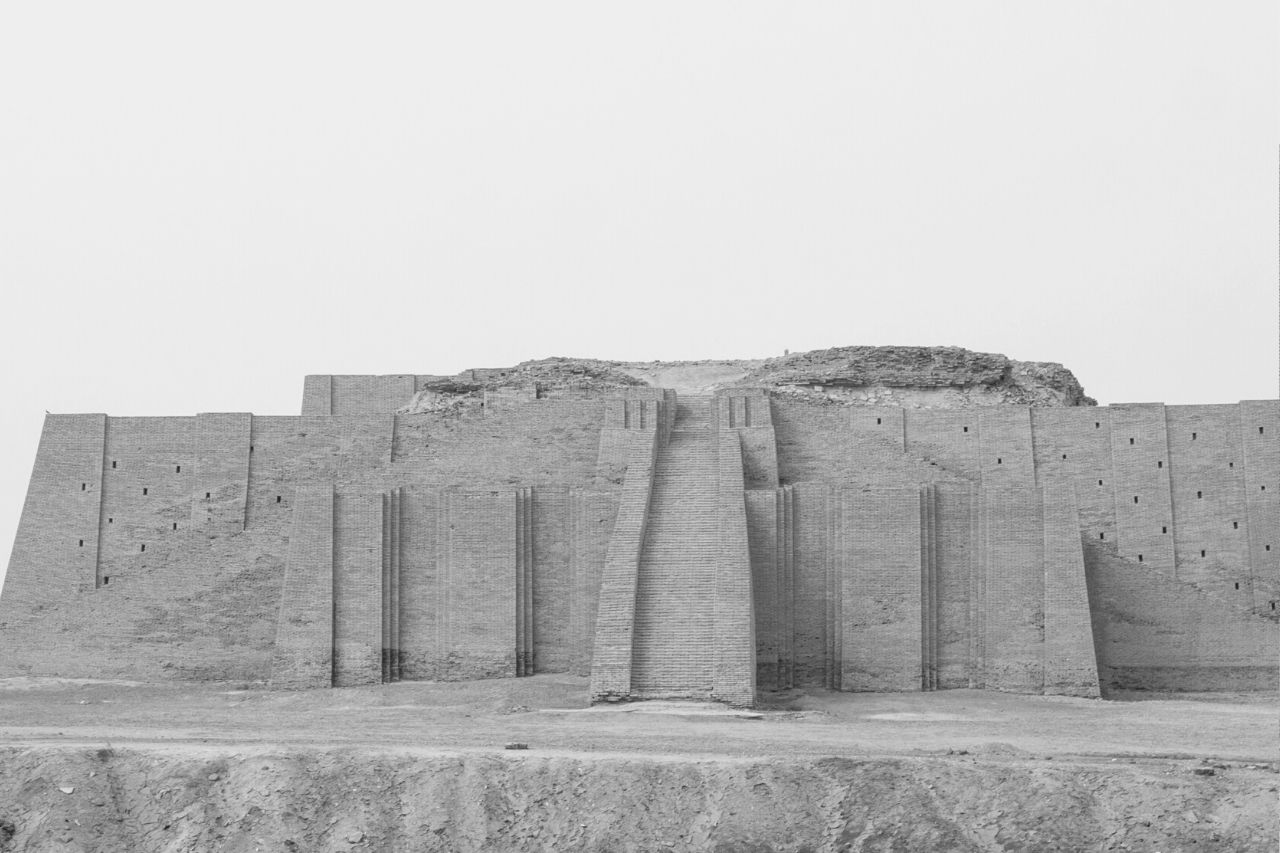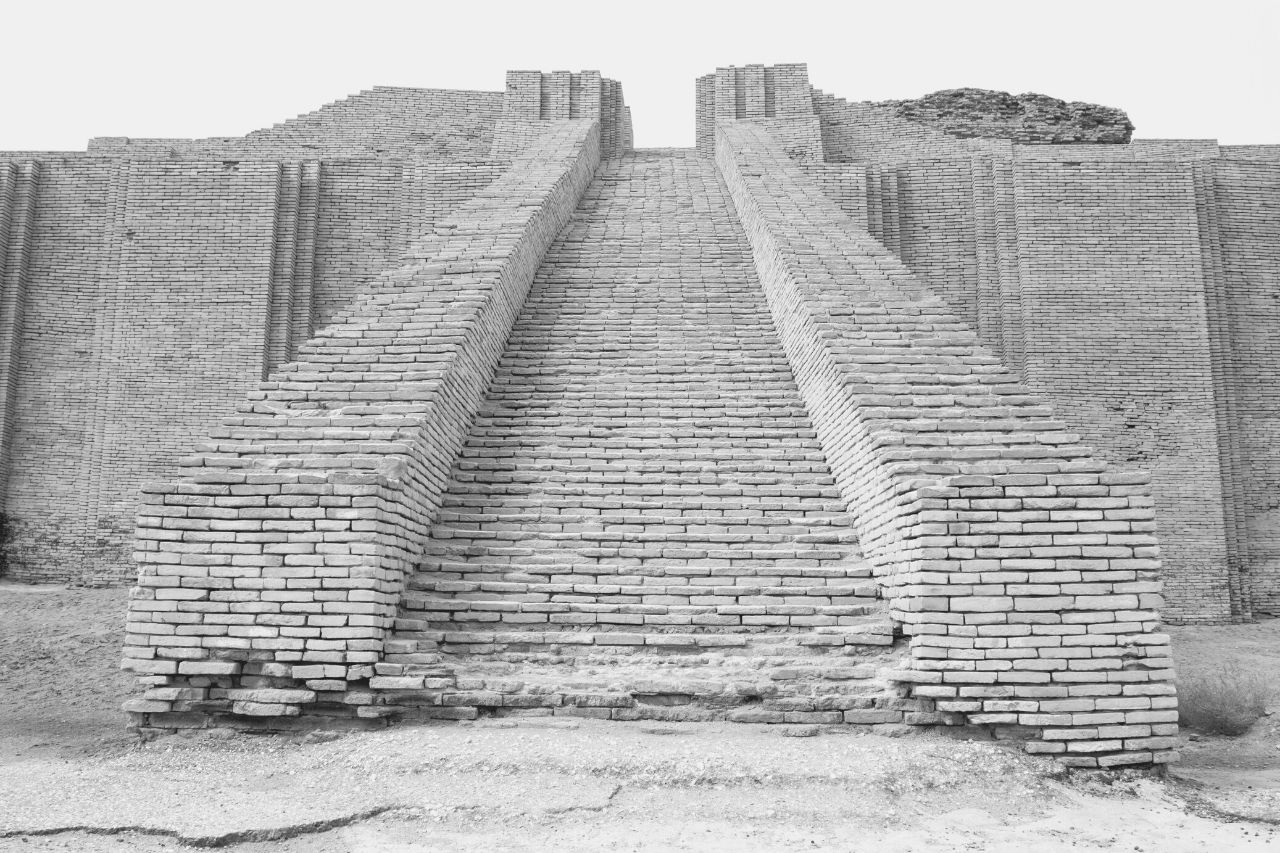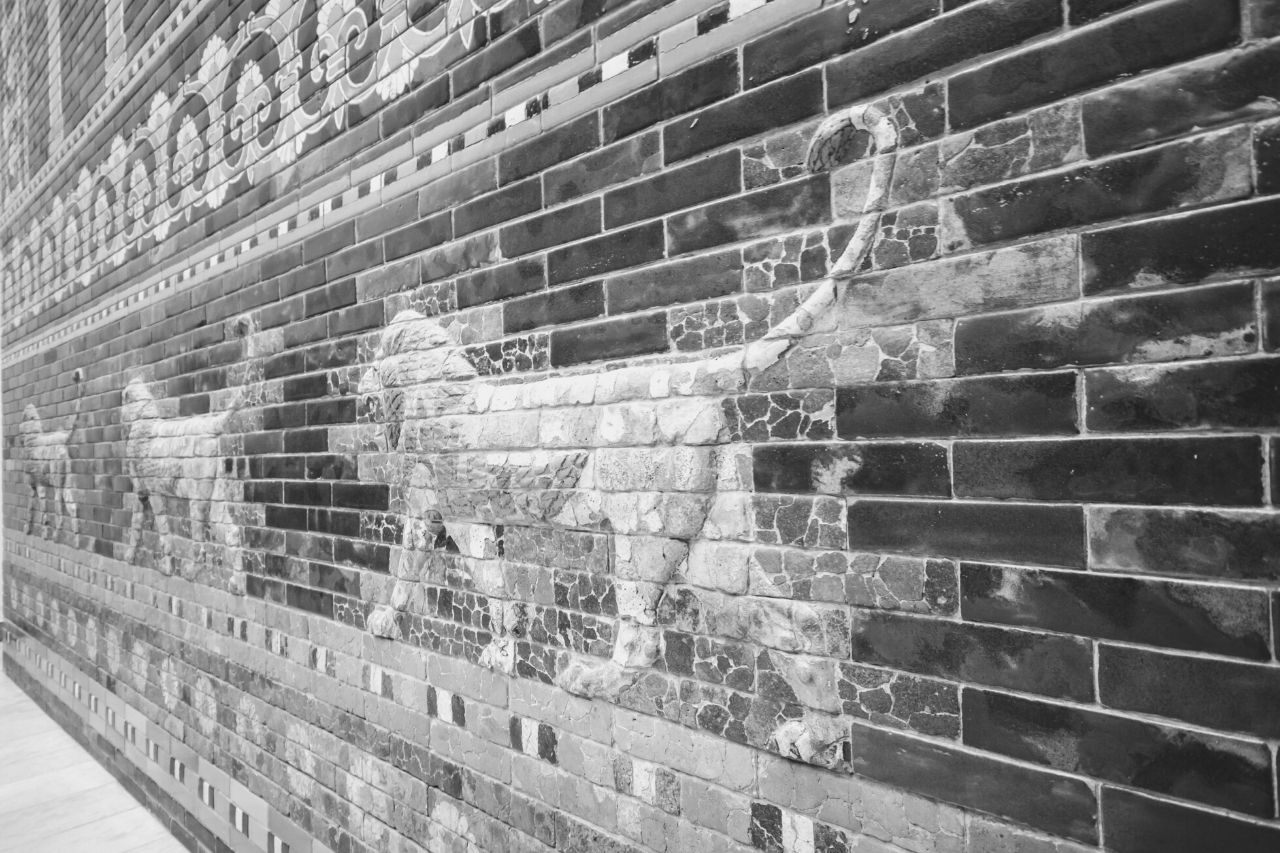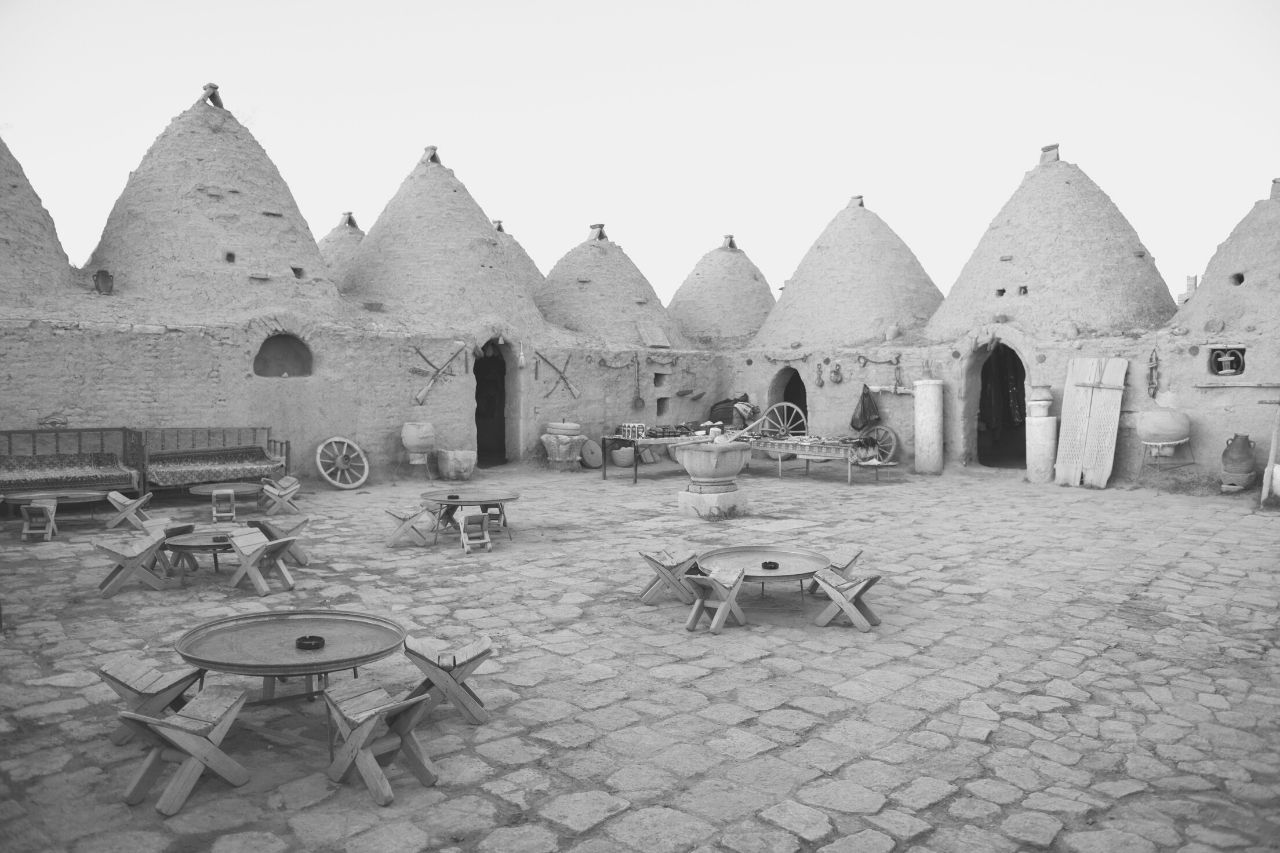Mesopotamian Homes: The Architectural Design of Mesopotamia
Mesopotamian homes were the center of community and family, the same way the home is today. In times of old, ancient Mesopotamian housing consisted of the similar and basic architecture we use today:
a foundation
windows
space to cook
space to rid of waste
an entrance and an exit
chimneys for ventilation
The architecture of Mesopotamia differs throughout the region, varying in Sumerian homes and Babylonian houses. These styles vary based on art and decoration.
In this article, we will talk about the architecture of homes and family spaces in Mesopotamia and the architecture of ziggurats, temples, and palaces as these were also great centers of gathering, community, family, and tradition.
The most common Mesopotamian house type was the single-story house. These types of homes belonged to craftsmen, men of trade, farmers, and general commonfolk. Mesopotamian homes were built with natural insolation from mud and clays to protect themselves from the drying Mesopotamian heat. In Sumer and Babylon, mud and clays were shaped and dried into bricks.
The ancient Mesopotamians were the first to use bricks in the way we still use them today in modern construction and architecture. Along with clay and mud bricks, ancient Mesopotamians used reeds to build the first structure and foundation of the house. The mud, clay, and bricks being added on top of the reeds.
There would be a courtyard in the center of the house that produced natural light and fresh air to the house while still protecting it from rain, sandstorms, and flooding. Since Mesopotamia had a hot and dry climate, these reed-lined homes would help keep cool air flowed in that came outside, trapping it and dispersing it evenly throughout the rooms.
The people who were of higher ranks had more money in society. They had a courtyard on the roof of their home and two or more stories.
The courtyard provided the same function as in the single-story homes, yet more playroom for children, and courtyards on the roof connected other homes in the area. Ancient Mesopotamian housing even had a lower basement level used for drainage of waste in bathrooms. The basic house had a kitchen with a fireplace, wooden or metal cooking utensils.
Most houses also had rooms for guests to sleep in and wait in and had rooms with storage bins, wardrobes, tables for eating, workbenches, and stools. Wealthier people who lived in palaces and temples used beds, and common and poor people sleeping on the floor in mats. All homes included a sacred space for religious rites, traditions, and communions.
Kings and queens lived in large, lush palaces. The infamous Babylonian king, Nebuchadnezzar, boasted a castle with a land area of 900 by 600 feet! These palaces were draped with luxurious linen, cotton, and silk tapestries. Jewels and artisanal houseware would be placed accordingly in the house to show the affluence of the family.
The heavy bricks made from mud and clay were thought to be protection from demons as well. The ancient Mesopotamians believed in lilus or “air demons.” These air demons would come in the shape of anthropomorphic birds and attempt to go into the houses to terrorize the family. The bricks and houses themselves would often be consecrated in special rituals, or the ground floor of every building would be consecrated before the building would take place.
Ziggurats and Temples in Mesopotamian Architecture
It was impossible to be in a building in Babylon or Sumer and not have a space for religious observances. In the city center, a pyramid-like structure with steps going up the sides of it glistens. It stands tall and proud as it is a consecrated space of the gods.
This building is a type of temple called the ziggurat. In ancient Mesopotamian cosmology, the gods were part of nature. The primordial gods of creation ruled the sea and the sky. To connect to these gods meant to look higher up in the physical world. The top of the ziggurat would be flat, being where religious services would take place. People would lay offerings such as food, oil, incense, wine, money, and animals on the steps.
Other temples in ancient Mesopotamia were of similar utility, yet not always as fanciful as the ziggurat. Temples were smaller than ziggurats in comparison but were used to house priests and prostitutes.
Temples and palaces (like Nebuchadnezzar’s) were complementary. The temple was the resting place of the gods, and the palace was the resting place of the god’s representative. The rulers were seen as chosen by the gods, so both of their homes must be adorned.
Great Achievements of Mesopotamian Architecture
One of the most famous architectural works of Mesopotamia is The Ishtar Gate. The remnants of this outstanding gate of the old walled city are housed within the Pergamon Museum in Berlin, Germany.
The Ishtar Gate was part of a more excellent surrounding structure of city walls. In 575 BC King Nebuchadnezzar II ordered for this gate to be built. The walls were to be built around the city of Babylon to secure protection from enemies and intruders.
The bottom portion of The Ishtar Gate is plastered with dragons, bulls, lions, and plants. These paintings represented their pantheon, specifically Marduk and Ishtar. The gate is coated with a blue paint-like material meant to symbolize lapis lazuli, as it was a precious and scarce resource in their times.
Other Mesopotamian architectural constructs of the Babylonians and Sumerians weren’t always ziggurats and gates. Another key in their architecture was the design of their impressive palaces. The Assyrian King Sargon II’s palace in Dur-Sharrukin, modern-day Khorsabad, Iraq, was adorned with a human-headed bull known as Lamassu.
Lamassu’s were deities, and having statues of them in front of temples, palaces, and other special places was to them what gargoyles were to the medieval people. To have Lamassu statues in front of your home was a powerful means of divine protection.
The Tower of Babel: Based on a Ziggurat?
The Bible recalls a legend of how different languages came to be. Historians and scholars today find significant evidence to believe that the biblical tale of the Tower of Babel was based on Sumerian and Babylonian ziggurats. There has been much time spent attempting to dig out archaeological sites to find the existence of this Tower of Babel, yet no physical evidence of such a tower existing has been found.
This myth has two versions: one found in an earlier Sumerian cuneiform tablet and one in the Semitic Old Testament Genesis. Despite evidence not supporting much of these myths, there is a bit of fact in this fiction. Early civilization and language genuinely did develop in ancient Mesopotamia.
Though in the Bible, the term “Tower of Babel” is not directly said. Instead, it is referred to as “the city and the tower.” The Sumerian cuneiform Tower of Babel story is called “Enmerkar and the Lord of Aratta”. In this tale, similar to the Bible, the divine is displeased with humans and wreaks havoc on humankind as punishment, thus birthing different languages. Still, both of these myths show no fact in their fiction.
The Take-Away From Mesopotamian Architecture
Whether the Tower of Babel was real, whether someone had a Lamassu on their doorstep or not, it’s clear to say that the ancient Mesopotamians were pioneers in their architecture. Their ziggurats inspired the internationally renowned Egyptian pyramids, laid the foundations of the basic structures of housing and buildings, and displayed the fine art of interior and exterior design.
For the Mesopotamians, buildings were not just a practical utility; they were a divine utility. The knowledge to build and the inspiration to create were from the gods, so everything they built must be towards keeping the gods happy.
From the steps of the ziggurat that took one as close to the heavens as one could get, to the blue glazed bricks and stones on the gate devoted to Ishtar, and to the homes that achieved to keep a community and family tight-knit, these buildings were consecrated and sacred.
Summary
Mesopotamian homes had essential utilities we have today.
Foundations of the houses were made of long reeds with mud and clay caked on top.
Buildings were consecrated with rituals and statues.
Royals and priests had the most prominent houses and palaces.
Ziggurats were built upwards to reach the gods.
Ziggurats were the inspiration for the Egyptian pyramids.
The Gate of Ishtar is one of the surviving brilliant works of the Mesopotamians.
Even today, the meaningful idea is that the energy and structure of the space impact our energy, mood, mental clarity, and interaction with people. The Mesopotamians were aware of this and showed this in all of their creations.














